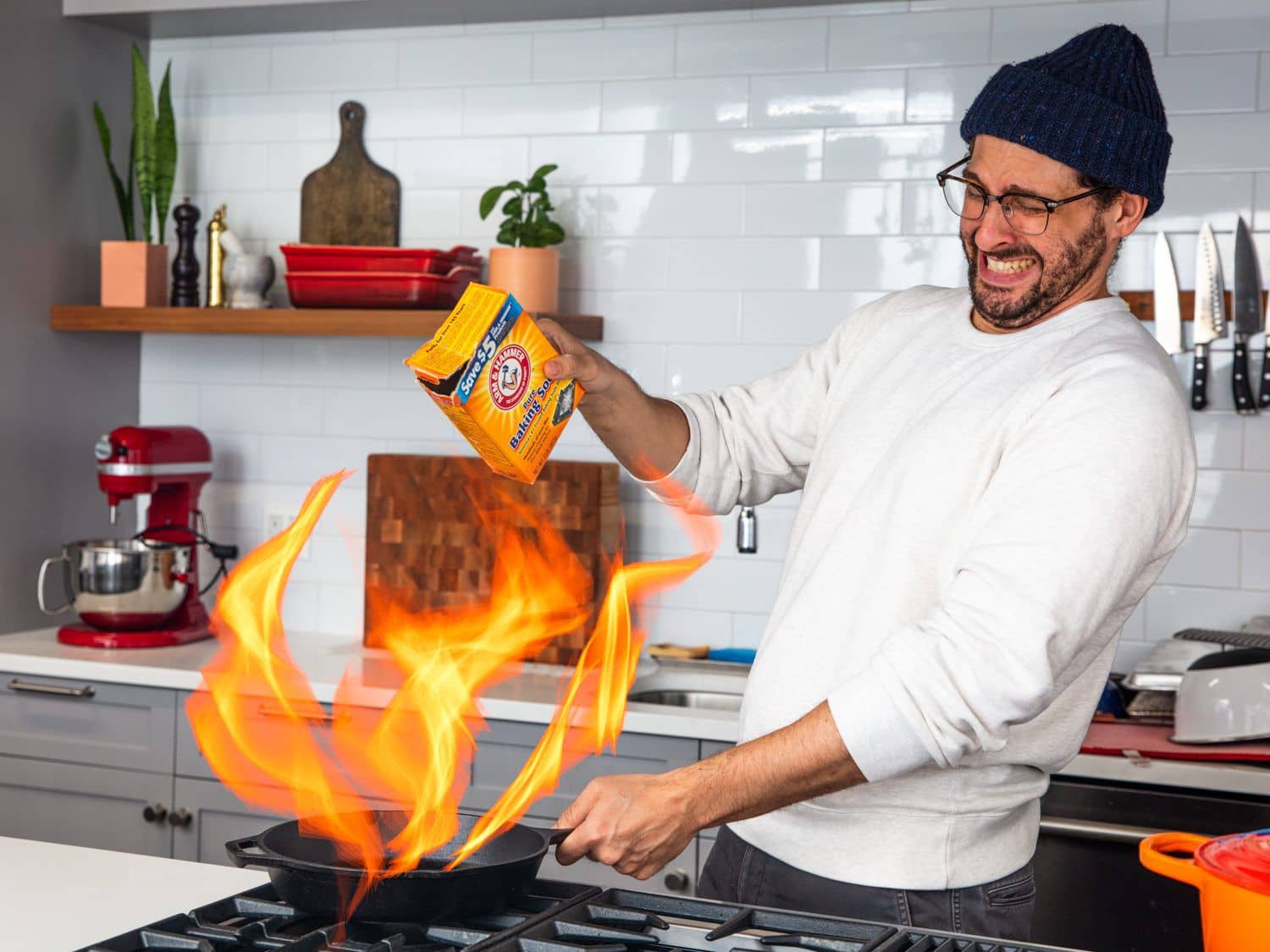
Kitchen fires are the most prevalent in homes and offices. Fire damage in kitchens is common because the kitchen houses several flammable materials that can easily catch and spread the fire.
For instance, a small flame on overhanging grease can start a kitchen fire. While observing fire safety guidelines provided by the National Fire Protection Association can mitigate kitchen fires, you should stay prepared.
Once you’ve extinguished the flames and are certain that your house is free from danger, the cleanup process begins. Below are essential cleaning tips after a kitchen fire.
6 Essential Tips After A Kitchen Fire
1. Assess the Extent of Fire Damage in the Kitchen.
You should assess the extent of fire damage before starting the cleanup process. Below are three crucial things to do:
Take quality pictures –
Take enough pictures and keep an inventory of the items affected by the fire. This comes in handy when filing claims from your insurance company.
Contact your insurance –
Call your insurance agent and inform them of the incident. They should start the claims process immediately.
Wait before cleaning –
You should have a nod from your insurer to begin the cleanup process. Avoid cleaning fire damage until your insurance agent is satisfied with your claim. Doing so can jeopardize the claim.
2. Assemble Protective Gear
The remains of fire damage in the kitchen, such as soot residue, are greasy films that cover most surfaces. The thick compounds comprise carbon particles, which can easily penetrate the skin, eyes, and lungs.
Naturally, soot has serious health risks, making it necessary to protect yourself. You should only begin fire damage cleanup after donning the right protective gear, such as goggles, rubber gloves, and a face mask.
3. Clear the Air
Kitchen fires leave behind dense smoke that contaminates indoor air quality. Therefore, work on ensuring you breathe clean air by opening the doors and windows.
A protective covering should also be worn before cleaning up. Because the smoke might not be completely clear, inhaling particles that could harm your lungs accidentally is possible. A high-filtration face mask should be worn throughout the duration to avoid health problems and ensure your safety.
You can also have fans running from opposite sides of the room. This generates a strong airflow, which drives the contaminated air and odors out of the kitchen.
Don’t switch on the air conditioners because contaminated air will circulate in your ductwork into other parts of the house.
However, if your HVAC unit was running when the kitchen fire started, remember to replace filters with new MERV7 to MERV12 air filters.
4. Clean Kitchen Surfaces
Most kitchen surfaces will hold soot after the fire. Unfortunately, soot is sticky and stubborn, and you shouldn’t expect to clear everything with ease.
Removing soot from kitchen surfaces requires a lot of patience. You should also choose a suitable cleaning agent and apply it severally.
If you are uncertain of the best product for cleaning kitchen surfaces, consider the following options:
Trisodium phosphate –
Industrial strength trisodium triphosphate expertly cleans sticky soot on surfaces. However, it is a potent chemical agent that shouldn’t be handled without gloves. You should also spread cautiously to avoid splashing chrome fixtures and ceramic tiles.
Dry soot sponges –
These sponges clean kitchen surfaces and fabrics excellently. However, you should rinse and dry them properly between every use. A dry sponge is made from unique materials that remove soot residue without cleaning products or water.
Degreasers –
Degreasing cleaners cut through soot residue on all surfaces and are less harsh than trisodium phosphate. However, confirm the specifications of these products to ensure that you select the right product.
5. Clean the Cabinets, Drawers, and Kitchen Appliances
Unfortunately, closed doors and drawers can’t limit the entry of smoke and soot. Therefore, proceed to the inside parts of your kitchen cabinets, drawers, and appliances. Empty them and toss any packed food in the cabinets or refrigerator.
Clean the hardware, walls, and shelves thoroughly and check for signs of smoke damage on gasket seals of appliances. You should also inspect the condenser coils behind the fridge.
6. Freshen Up Other Parts of the House
Even if the flames were restricted to your kitchen, the effects of fire damage, such as soot and lingering odors, spread through the entire house. As such, you should consider freshening up other parts of your home. Below are a few tips for freshening up your house:
1. Clean all non-porous surfaces with orange citrus cleaner
2.Position bowls with vinegar solution throughout your house to absorb odors
3. Place open coffee containers in cabinets and drawers to absorb odors
4. Spread baking soda on the floor and carpets before vacuuming
5. Contact a restoration company to install ozone-generating equipment to freshen indoor air
Conclusion
Kitchen fires are disruptive, especially since the kitchen is a focal point in any home. Like other incidents, cleaning up after fire damage and restoration should be done effectively and efficiently. As such, hiring a professional fire damage cleaning and restoration company is prudent.
Working with experts prevents further damage and ensures that your kitchen returns to its pre-damaged condition quickly.
